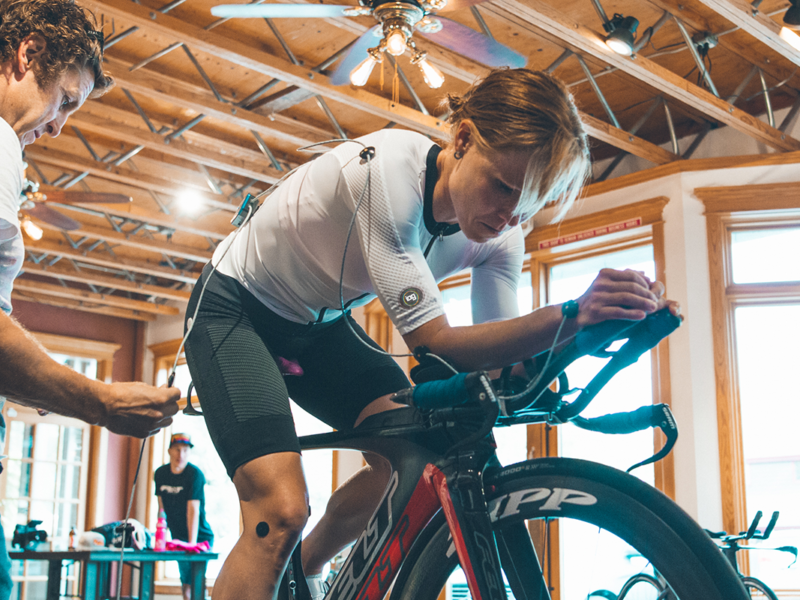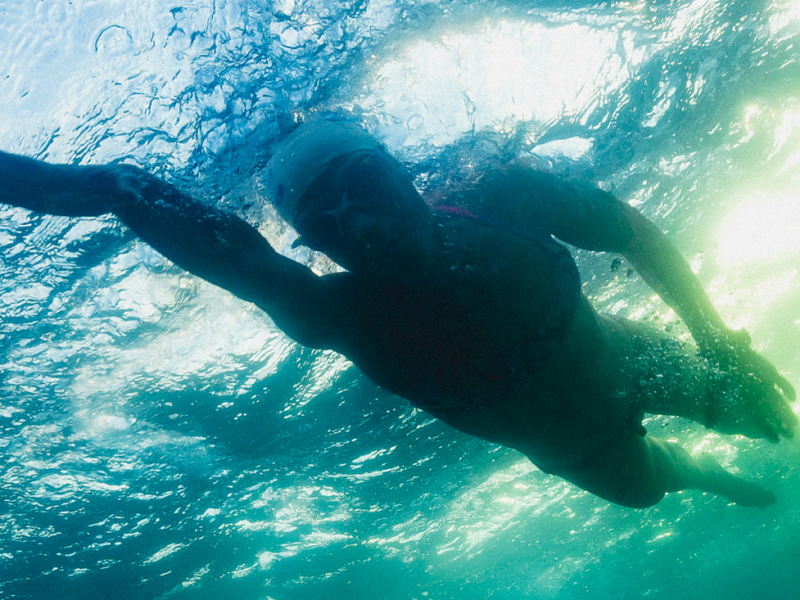Being a Professional
What does it mean to be a professional? When you search the internet or dictionary about what does being a professional mean three qualities come up; person who is a member of (relating to or belonging to) a profession, who earns their living from a specified professional activity and who is competent or skilled in a particular activity. In this story I will share a bit about my thoughts about the subject as this will be my last year as a professional athlete.
About being a triathlete
Triathlete is an athlete who takes part in a triathlon. Triathlon is a sport of three disciplines; swimming, biking and running. If you have followed my story you know that my triathlon career started back in 1998 when I participated for the first time in a triathlon race. I had been swimming pretty seriously already for several years, but since then I have trained almost every day as triathlon as the main activity. Even when being injured I have always done the rehabilitation with the thought that I will be training and racing again once I have recovered. I have never ever even considered that I would not be swimming, biking or running again. Not even when 2009 the surgeon told me that I would probably not be able to run again. I just decided that I will do absolutely everything to be able to feel the joy that I had felt when running. Not for the sake of racing, but for the feeling itself.
Belonging to
Below the a graph shows my annual training volumes. Swimming is shown in kilometers and the other are as hours. I started from around 600 hours per year and the past couple of years the volume has been around 1100 hours. In the total hours the rehabilitation, stretching and massage are not included. These have varied depending on what had been going on at the time, but you could say that at least an hour everyday, nowadays even more.
https://plot.ly/~SukramIlas/1/
I have been racing internationally since 1998. I have raced in all the continents except Antarctica, when I was trying to qualify for the London Olympic Games in 2012 I did eight races in ten weeks on four different continents. Last year only I raced or trained in nine different countries Finland, Italy, Portugal, Spain, Mexico, Slovakia, Germany, Switzerland and USA. We estimated that I flew last year around 115 000 km. Below is a map where is marked all the places in the world where I have started a race since 1999 during my career (not all home country races and races where I did not start). I we started in ~50 international ITU races, 25 middle distance / 70.3 races and 10 full distance / Ironman races.
When I started racing the ITU Triathlon European Cup in 2006 there was (for what I know) only one other female Merja Kiviranta from Finland racing at ITU Elite level and two male athletes Jarmo Hast and Panu Lieto. On long distance there was at least Tiina Boman, Tom Söderdahl and Mika Luoto racing at the professional categories. There might be several others that I did not mention here, but all in all I would say that there was around ten athletes in Finland seriously competing on Elite level or Professional categories at that time. I was four years younger than Merja, who had started to race on international races at Elite level few years earlier than me. After us there has not been any females racing on ITU European or World Cups at Elite level. Currently there is only Henrik Goesch who is racing as ITU Elite male. When I made the transition to long distance in 2015 I was the only female athlete from Finland racing at the Professional Female category. Darby Thomas was racing as the only Professional Male from Finland at the time.
Earning a living
It is perhaps good to mention here that the two expressions that were mentioned earlier might cause a bit confusion; an Elite and a Professional. These are quite often used interchangeably, as though perhaps Elite should be used only as a performance level designation.
The first year I was racing at Elite level was 2006 even though I was already 25 years. I had had several injuries that had kept me away from racing since the last time racing as a junior in U23 European Championships in 2002. I had started my studies at the university in 2002 so my official status in Finland was a student even though my main activity for several years to come was triathlon. Naturally this allowed me to keep some of my living costs quite modest as I did receive some student allowances and as there are some discounts for students in Finland (not to mention the tuition free studies). Until 2013 I had practically no other income than prize money from races and student allowance, if we don’t count some minor periodical jobs I did every now and then. After I graduated in 2013 I did some coaching and started also writing articles about nutrition in order to finance my triathlon career.
Already during the early stages of my career I did get some equipment, like shoes, clothes, bicycle parts and even a bicycle from some local businesses, local distributors for international brands and retail shops. This was hugely important as all my income went practically to the daily costs of living. As the sport of triathlon those days was and still is relatively small in Finland, the ITU racing was practically not followed by the media and I was not winning all the races I had no real chances of getting sponsorships that would have involved monetary compensation. My first sponsor contract that had some race performance bonuses was in 2009 with Karhu as the brand had just launched new running shoes after a quieter era. However, during my whole ITU career I did not have many sponsorship deals that would have involved monetary compensation and even those that did were quite modest in terms of compensation.
I had my goal in the Olympic Games. For twice I tried to qualify to the Games, first to Beijing in 2007-2008 and then to London 2011-2012. This meant a lot of travel around the world in the hunt for the qualification points. The Finnish Triathlon Association (the national federation) was able to support me to certain extent with the travel costs, but this was quite limited and only related to the travel costs. The London Olympic Games silver medallist Lisa Nordén has quite recently written about the qualification process where she mentions that according to a study done by the ITU Athletes Committee *) an athlete would need to be placed on average as tenth position throughout the years for the costs to even out. I have not yet seen this study and don’t know exactly how this was done, but from a personal experience I would say that without the financial support from my parents I could not even have dreamed about trying to qualify to the Games. The costs for one Olympic cycle is about 100 000 euros and I got perhaps 20 percent covered by sponsorships, federation and the price money.
Price money in the ITU racing has evolved through the years and I do not remember how this exactly was when I was racing the ITU circuit. However, nowadays the winner typically gets between 3 000 and 18 000 US dollars depending on the type of the race i.e. if it is a World Triathlon Series, World Cup, Continental Cup or some other regional race. It also varies how many athletes get price any money in a race. This depends on the total price purse of the race, ranging from 5 to 25 athletes. Typically, top three athletes get 55 – 65 percent of the total price purse and the amount is less than 1 000 for the last who receives money. On a WTS events there are 55 athletes on the start list and 20 receives price money and on a typical World Cup race there is 50 to 60 athletes and 15 receives price money. On the long-distance races (Ironman, Challenge) there is basically three races with a substantial price purse, Ironman World Championship with 120 000 for the winner, 70.3 World Championships with 45 000 and the Championship – Challenge Samorin with ~34 000 USD (event has euro as original currency). On other races, the winner typically gets from 5 000 to 10 000 and price money is given for the top five to ten athletes. At the Ironman World Championship at the Big Island, Hawai’i price money is given to the top ten athletes and the tent position grants you 10 000 USD **)
To put my career earnings into perspective we can look at the year I started focusing on the long-distance racing. The year 2015 I did my first Ironman race and that year my now husband paid more annual income tax than I had earned during my whole triathlon career so far. It is easy to see that I had definitely not earned my living through triathlon, so I emphasise again that I had been heavily dependent on the support from my parents my throughout my whole ITU racing career. Below you will find the breakdown of the financials from 2016 to 2019 that is the part of my career I have been racing in the Professional categories.
https://plot.ly/~SukramIlas/3/
Being Competent
As mentioned before I tried to qualify to the Olympics twice. This said, twice I was also the first athlete to miss the so called European new flag position, i.e. the highest ranked nation not yet qualified will receive one quota place for their nation. I was competing for this slot and twice missed this just by being the one who was next in the ranking behind the one who got the slot. On the first occasion I had two punctures on the last race where more or less just finishing would have been enough and on the second time the final call was a race where I raced in fever and had I been five seconds faster or the athlete finishing just before me had been five seconds faster, I had gone to the Olympics. So nearly there, but near doesn’t count. There are currently 745 female athletes in the ITU World Ranking and of which 51 can qualify to the Games. ***) These are the best athletes in this sport competing internationally and if you wish to be at the games you more or less need to be among the 50 best athletes in the world. Seem that I was not there.
When did my first Ironman (full distance) race my time was one of the fastest debuts. Since, I have done ten Ironman races; six under nine hours, been on average 3rd position and with 8:58:08 average time. I have always been on the podium, if not in the World Championships where I have been twice fifth and once seventh. There is no official ranking for the long distance athletes, if there were, perhaps I would be there.
Am I …
I wake up early and eager to get into the days training, I never have to train – I get to train, I always try my best and give everything, sometimes I fail, but I get up and try to get better, I have never, ever been motivated by money or winning, I am motivated by being the best I can be and getting it out of me, I always cry before the races and feel that I just absolutely cannot go to the startline, I am happy if somebody is performing strongly even though it would mean that she is before me, I strongly believe that I was meant to go this path and figure out how fast, strong and resilient I can be.
*) Lisa Norden about ITU Olympic qualification (in Swedish) **) More about price money ITU prize money information, Ironman price money information, Deep Dive Into 2018 Triathlon Money List at the site TriRating.***) ITU Olympic Ranking Tokyo 2020


